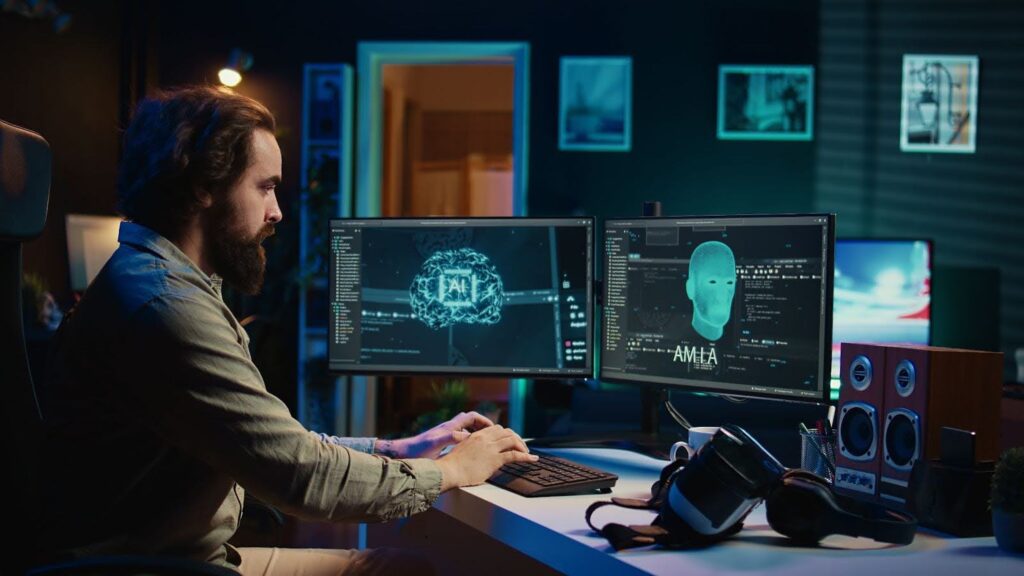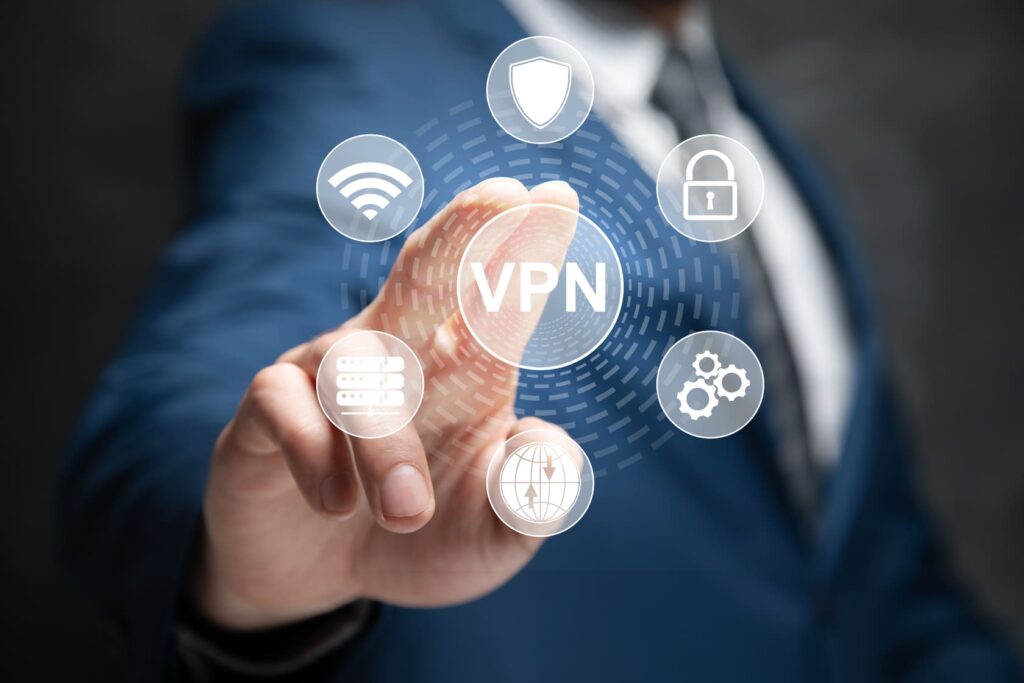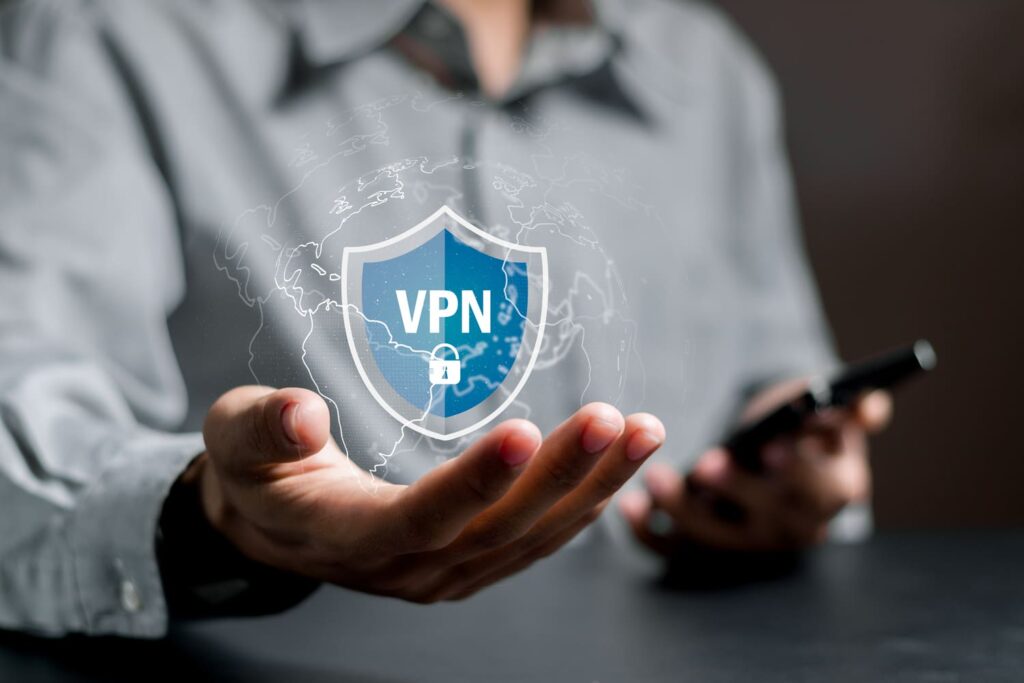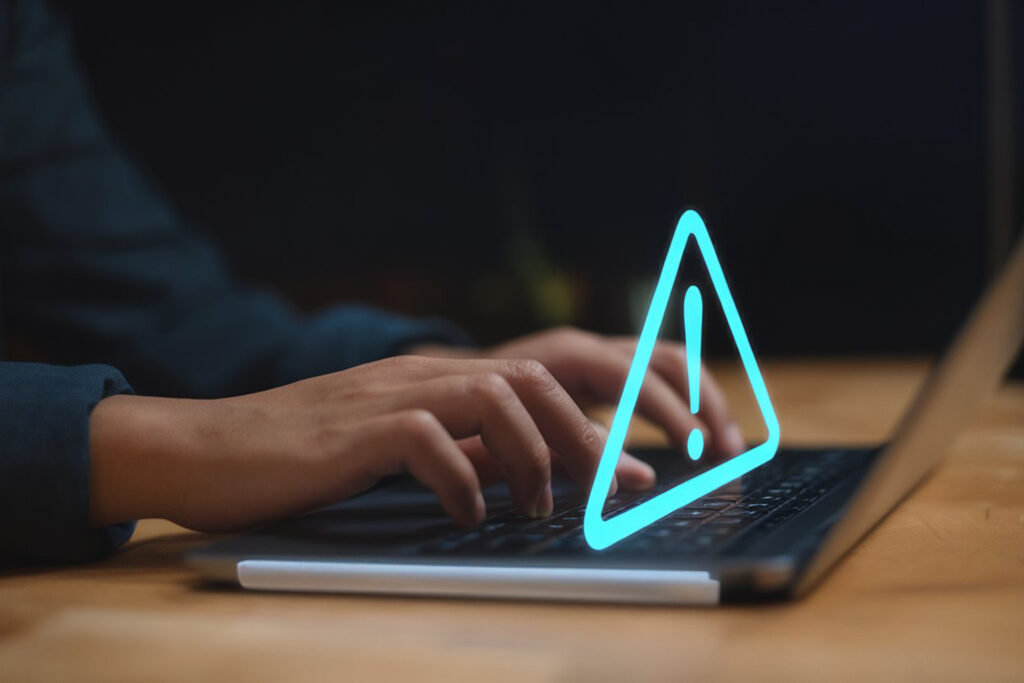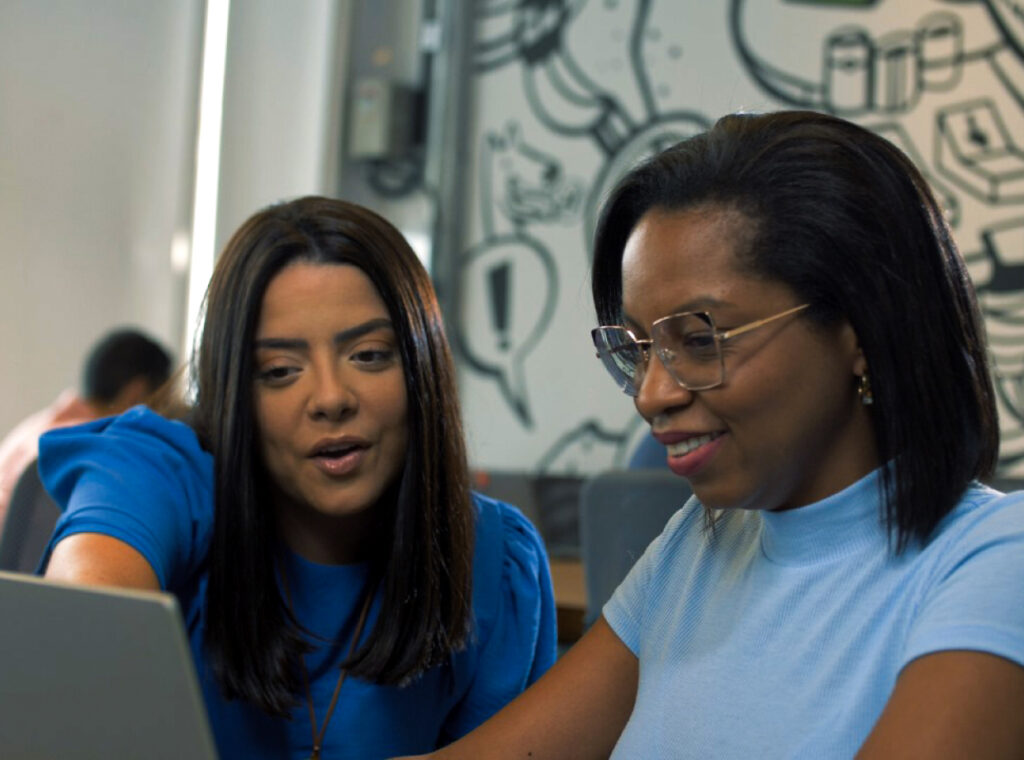Introduction
Imagine driving a high -speed running car on an unknown track, no control panel, no co -pilot and unknowingly when the next curve appears. This is how many companies operate their digital security today: without visibility, without anticipation, without strategy.
And the risks are not hypothetical. According to the IBM Security report , the average cost of a data violation by 2023 was $ 4.45 million, the highest amount ever recorded in the historical series. This data reflects a scenario in which attacks become more frequent, sophisticated and silent. Reacting is no longer enough: it is necessary to predict.
It is in this context that the modern Soci evolves. Combining SIEM technology, artificial intelligence (AI) and cybersecurity experts, it turns into the digital operation co -pilot, guiding decisions, anticipating threats and accurately adjusting routes.
In this article, you will understand why an effective SOC depends on three pillars : people, tools and well trained. And like Skyone , with Microsoft Sentinel and the CDC, is creating a new generation of Socs, faster, automated and intelligent.
Let's go?
What is a SOC and what is its importance in cybersecurity?
In an increasingly data -oriented world, thinking of cybersecurity without a SOC is like trying to compete in Formula 1 without a team in the pits. There may even be movement, but there is no strategy, context reading or real -time reaction capacity.
Security Operations Center (SOC) is precisely this strategic rearguard: the core that monitors, interprets and responds to digital security events. But it is not just about “monitoring alerts”; The real role of a SOC is to anticipate flaws, identify vulnerabilities, and make quick decisions based on reliable data.
And here comes an essential point for those in the middle of the decision journey: a SOC is not software. It's not just a team of experts either. It is the intelligent combination between people, processes and technology, evolving today with the support of Artificial Intelligence (AI).
Let's better understand what this means in practice.
Definition and functions of a Security Operations Center (SOC)
SOC is an operational center specializing in information security. It is responsible for watching , analyzing and acting on any suspicious activity that happens within the systems and networks of an organization.
It acts as a tactical command center, where each event registered with logs, sensors and endpoints is analyzed in search of standards, failures or indications of attack. The main functions include:
- Continuous monitoring of systems and networks, 24/7;
- Event analysis and data correlation to detect threats;
- Incident response, with clear protocols and rapid measurements;
- Investigation and documentation of occurrences;
- Support for regulatory compliance, such as LGPD (General Data Protection Law), ISO, etc.
But all this is only possible when there is a solid basis of qualified people, well -defined processes and tools that provide the visibility necessary to act quickly. Without visibility , there is no efficient reaction. And without correlation of data , there is no informed decision.
It is at this point that technology comes in, as support, not as an end.
The challenges faced by the social teams
The complexity of the current scenario imposes daily pressures on the SOC teams. Among the most critical are:
- Alert Overload : Many Socs receive thousands of events a day, and most are false positives, ie warnings that seem to indicate a threat, but in practice they do not pose a real risk. Excessive volume ends up consuming time and focus of the team;
- Talent Scarcity : Finding and retaining qualified professionals in cybersecurity is a global challenge;
- Hybrid and decentralized environments : with cloud, mobile devices and multiple integrations, the safety perimeter has become diffuse;
- Excessive tools disconnected : when systems do not “talk”, response time increases and confidence decreases;
- Many confuse : technology makes the filter, but who interprets is the human. Without the expert's intelligence, what is enough are just gross data. AI acts as a reinforcement of strength, expanding the ability of analysts without replacing them. That is, what really works is the set: person + tool + intelligence.
This reasoning brings up an uncomfortable but essential truth: the social that only reacts is always late . The new paradigm is the social that anticipates, which operates with a predictive vision, and that feeds on data not only to respond, but to decide with strategy.
With this structured conceptual basis, it is time for us to go to the next component of this gear : SIEM, which acts as the SOC safety onboard computer, translating gross data into critical signs for decision making.
SIEM: the on -board computer of security
Every high performance car depends on a system that collects vital information during running: temperature, consumption, acceleration, failures, engine behavior. In digital security, this system has a name: SIEM.
Security Information and Event Management SIEM (SIEM ) is the tool that allows you to see the whole in real time . He records, interprets and correlates the events generated throughout the company's infrastructure.
Without this “on -board computer”, the Soci loses context. And without context, there is no efficient decision .
What is SIEM and how does it work?
In essence, SIEM is a system of collection, analysis and organization of security data . It integrates logs and events from various sources (such as servers, firewalls , endpoints and applications) to identify what escapes the standard and signal risks.
Its operation can be divided into three complementary fronts :
- Structured collection : gross data from multiple systems;
- Intelligent correlation : crossing information to identify suspicious patterns;
- Generation of alerts and reports : sending relevant signals to the security team
This structure allows for helping more agility , prioritizing what really matters and reducing the volume of false positives that consumes analysts' time and energy.
It is the type of tool that transforms a fragmented scenario into a continuous and strategic line of view.
Benefits of Centralized Analysis of Logs and Events
In the current context of hybrid environments, multiple clouds and remote access, centralizing safety information is not just a good practice, but a need.
Given this, SIEM acts as a hub intelligence, bringing clear benefits to security teams:
- Unification of the risk panorama : consolidated view of all assets and their behaviors;
- Agility in incident response : with automated correlations, the time between detection and reaction decreases;
- Reduction of operational noise : fewer irrelevant alerts and more focus on what represents real threat;
- Ease for compliance and audits : organized, traceable and exportable data for regulatory reports.
This level of organization is what allows the SOC to stop reacting and begin to understand what is happening - in real time and with context.
But as important as understanding the gift, it is to anticipate what ahead . And for that, it takes something more than event correlation: it takes intelligence. Keep following to understand!
The AI Revolution in the SOC: How SIEM tools are evolving
In an analogy, we could say that safety systems based only on fixed rules work like a race car that only responds to what has happened: it brakes after the curve, not before .
With the advancement of threats and volume of monitored data, the simple correlation of events is no longer enough. Thus artificial intelligence (IA) enters the scene as the element capable of turning the social into a truly predictive structure .
The goal is not to replace the human figure, but to provide velocity and analytical depth , complementing the expertise of professionals. Here, AI's role is to optimize screening, find subtle patterns, and reduce response time without taking the decision power out of the team.
As we have seen so far, technology helps, but it is the set (people + tool + intelligence) that generates real results . AI, within the SOC, should be trained, contextualized and integrated with the operation, not just “connected” as a generic solution.
Next, we will see how this works in practice.
How artificial intelligence enhances threat detection
AI applied to SIEM acts continuously, observing the environment, learning from the history and signaling deviations in real time.
Unlike systems that only react to known signatures, AI -based models are capable of identifying anomalous and unocument behaviors that escape traditional standards - something essential in the face of increasing sophisticated and personalized attacks:
- Less time to discover a threat;
- More accurate in what should be investigated;
- Noise reduction and focus gain.
And especially: faster response before the incident propagates.
Machine learning for identification of malicious patterns
One of the AI forces in the context of the SOC is in the use of machine learning , which involves training models capable of evolving based on the collected data. They are trained from a massive volume of events and, over time, learn what is normal and what represents real risk in that specific environment.
This learning, however, does not happen alone. AI only accelerates what is taught to it. This means that if the input data is misunderstood, skewed or out of context, the system learns wrong, and begins to make decisions based on incorrect assumptions.
Therefore, relying on generic solutions or connecting a “standard” AI to a sensitive environment like the SOC can be as risky as it is useful. Without guidance, governance and validation , what was to protect can become a blind point .
Automatic prioritization and response to incidents
In addition to detecting threats more accurately, AI plays a vital role in prioritizing alerts and automating answers , especially in environments with large volume of events.
It analyzes the context of each incident, understands the degree of risk and suggests (or executing) corrective actions, such as:
- Isolation of suspicious machines;
- Temporary lock of access;
- ticket generation for investigation;
- Containment protocol activation.
Here at Skyone , this automation is orchestrated from an ecosystem involving the CDC ( Cyber Defense Center ) and tools such as Microsoft Sentinel, allowing teams to act quickly but without losing control of the operation.
More than a promise, the application of AI in security environments is already a concrete reality in companies that seek to operate with predictability, scale and speed.
In the next section, we will address some practical examples of use that illustrate the AI in action within a modern Soci, combining technology, intelligence and coordinated response.
Use Cases: It was going into action within a modern Soci
Now that we understand how AI can be applied to the context of the SOC, it is time to see how it translates into real action .
More than concept, we are talking about situations that happen daily in companies that need to deal with a dynamic, decentralized and often unpredictable scenario . Here, every second, and response capacity can make a difference between neutralizing a threat or dealing with the consequences of an incident.
Next, we shared three real situations faced by companies with modern SOC structures, where AI was decisive to detect, prioritize or respond to risks with intelligence. They represent what Skyone sees in the field every day, based on projects that combine technology, processes and people.
Detection of sophisticated and unknown attacks
In a traditional environment , most security systems operate based on known signatures: they compare what happens in the system with previously registered attacks of attacks.
But when does malicious behavior have no signature ? When does the striker simulate legitimate actions and act slowly and in disguise , hoping not to be noticed?
Imagine, for example, a scenario in which a sequence of logins occurs at unusual times , from devices that mimic the standards of the internal team. At first glance, nothing seems out of expected.
It is in this kind of situation that the IA stands out. Trained to detect subtle deviations of behavior based on the real history of the environment , it can signal risks that escape human eyes and predefined rules. As a result, SOC is gaining time to act and blocks lateral spread of the threat before it consolidates itself as a full attack.
In such situations, no pre-configured rule would have captured the incident in time . Only AI contextual analysis, combined with the team's rapid response, is able to contain an invisible threat to traditional systems.
Reduction of false positives and optimization of human work
In another common scenario, imagine a medium -sized company dealing with more than 3,000 alerts a day , most of which do not pose a real risk.
The security team , even well trained, ends up spending hours analyzing repetitive notifications : routine internal scanning, authorized access that generates alert, temporary failures without impact. This consumes focus, energy and delays important decisions.
Surrounding the situation by integrating AI with SIEM, it is possible to teach the system to recognize what is legitimate behavior in that specific environment. Technology comes to “understand” context - and thus fails to signal alerts that do not require human action.
The result? reduction of false positives, recovery of team productivity and focus on what really matters. That is, AI releases analysts from repetitive tasks, allowing them to focus on strategic decisions.
Skyone: How CDC and Sentinel work together to protect companies
At Skyone , these illustrative situations reflect what we see every day. And the differential is in the way we integrate technology, team and process.
Our CDC acts as the Tactical Center for Security Operations. This is where we transform technology into action , with a team of experts, validated processes and a solid basis of automation.
From Microsoft Sentinel, we collected, correlated and classified AI support events. It acts as the “onboard computer” of the operation as we keep the human look at what really matters. This combination allows us:
- Respond to incidents with agility and depth without losing control;
- Generate automated reports and predictive insights for faster decisions;
- Prioritize alerts based on the real impact on the business, not just volume;
- teach the AI so that it evolves with our context.
More than monitoring, we are orchestrated safety from end to end , with intelligence, accuracy and autonomy. This is because we believe that protecting a business today requires more than tools : it requires vision, coordination and courage to anticipate what has not even appeared in the rearview mirror.
How about we now know what are these concrete gains for the SOC teams? Check it out!
AI Benefits for Social Teams
Speaking of artificial intelligence in the SOC can sound at first glance as a purely technological question. But in practice, the greatest gains are not in the algorithms themselves , but in what this intelligence frees within security teams.
When applied with purpose and supervision , AI removes noise, reduces operating load and expands the strategic focus of the teams. It transforms the routine of analysts , which no longer react with each alert to act based on context and priority.
In the following topics, we show how these benefits manifest themselves in the daily life of operations, with more agility, accuracy and applied intelligence.
Process automation and increased efficiency
Automation is one of the first fronts where AI generates real impact. By assuming repetitive tasks, she releases analysts to act where human intelligence makes more difference . With the support of AI, it is possible:
- Reduce response time to critical events;
- Avoid overload of teams, channeling energy for what is strategic;
- Maintain continuous surveillance with real -time risk screening;
- Identify hidden patterns through automated data correlation.
By automating intelligently , we strengthen the role of experts, who act with enlarged vision and greater decision -making power.
How Microsoft Sentinel helps our customers on Skyone
To achieve this level of efficiency and orchestration, at Skyone , we use Microsoft Sentinel as central part of our Soci's architecture . It is the engine that allows us to build faster and more contextual operations , offering:
- Continuous collection of data from multiple sources;
- Behavioral Analysis with AI and Machine Learning ;
- Prioritized alerts according to real criticality;
- Orchestration of responses based on rules and dynamic patterns;
- Panels and reports adjustable to the reality and maturity of each client.
Integrated with our CDC, Sentinel helps us deliver security with consistency and adaptability , no matter the size or business sector. From it, we have established a virtuous cycle : AI learns continuously, analysts make informed decisions, and protection enhances.
Want to see how I was going, Sentinel and experts can work together in your scenario? Talk to a skyone expert! We are ready to listen, understand and build the right solution for your moment.
Conclusion
Cybersecurity is no longer just a protective barrier . Today, it is part of the business strategy; A gear that needs to operate with predictability, context and continuous adaptability .
Throughout this article, we have seen as the combination of qualified people, well -integrated tools, and applied artificial intelligence is shaping a new generation of PCS. It is not about abandoning what works, but of accelerating decisions, reducing noise and increasing response capacity in the face of threats that do not stop evolving.
We also show how AI , when trained responsibly and aligned with a specialized team, does not replace, but expands the reach of human intelligence . And as tools like Microsoft Sentinel, integrated to the Skyone , allow us to create safety structures that learn over time and act accurately .
As with a well -coordinated running team, the best results do not come from isolated speed. Remember: they come from the combination of track reading, preparation and orchestrated response .
The Journey of Intelligent Security is just beginning! And if you want to keep following the trends, practices and technologies that are shaping this future, the right place is here. Visit Skyone's blog
FAQ: Frequently asked questions about social and artificial intelligence
Information security is an increasingly critical theme for companies of all sizes. With the growth of digital threats, doubts arise about the roles of SOC, SIEM technologies and artificial intelligence in this scenario.
Below, we gathered direct answers to some of the most common questions on the subject.
What is SOC in you and what is your role in information security?
Security Operations Center is a structure composed of professionals, processes and technologies that work in an integrated manner to protect the digital environment of an organization. Its role is to monitor, detect and respond to threats in real time, ensuring continuous visibility, speed in reaction and strategic control over risk.
What is the difference between SEM and SOC?
Security Information and Event Management (SIEM ) is the technology that collects and analyzes security data from various systems, identifying suspicious behaviors. Security Operations Center (SOC ) is the human and operational structure that interprets this data and makes decisions based on them.
While SIEM provides the signs, the SOC is the one who decides how to act, in a coordinated and business -oriented manner.
Can artificial intelligence replace cybersecurity analysts?
No. Artificial intelligence (AI) is a support tool that expands analysis capacity, accelerates alert screening and helps identify complex patterns. But she doesn't make decisions on her own. The role of analysts is still essential to interpret the context, validate risks and define the best answers. Force is in integration between people, processes and technology.
_________________________________________________________________________________________________

Caco Alcoba
With extensive experience in cybersecurity, Caco Alcoba is a true guardian of the digital world. In Skyone's “Caco do Caco column”, he shares sharp cyber threats, data protection and strategies to maintain constantly evolving digital environment. Connect with Caco on LinkedIn: https://www.linkedin.com/in/caco-alcoba/
